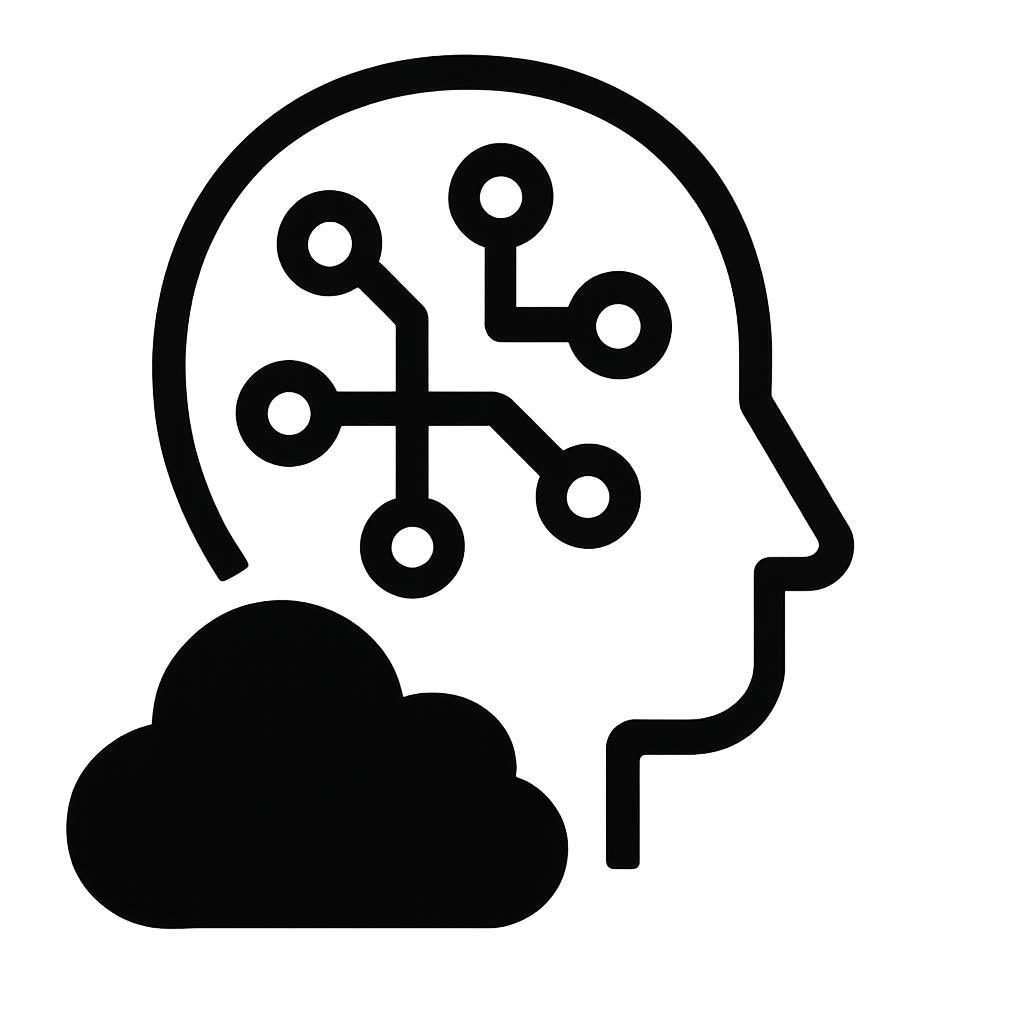
Clear Thinking in Data, Cloud, and AI
Practical insights from real-world cloud, data, and AI engineering
-
Migrating WordPress to Azure Container Apps with Azure Front Door (Zero Downtime, Real Lessons)
Running WordPress on containers isn’t the hard part anymore — operating it correctly at the edge is. This article documents my real-world experience migrating a production WordPress site to Azure Container Apps and then introducing Azure Front Door as a shared edge layer — with zero downtime, managed TLS, and a clean rollback strategy. No…
Categories:
Read more: Migrating WordPress to Azure Container Apps with Azure Front Door (Zero Downtime, Real Lessons)Written by
on
-
Mapping a Custom Domain to WordPress on Azure Container Apps (With Managed TLS & Zero Downtime)
I recently migrated my WordPress site to Azure Container Apps (ACA) and mapped my custom domain — shahzadblog.com — with a free…
Categories:
Read more: Mapping a Custom Domain to WordPress on Azure Container Apps (With Managed TLS & Zero Downtime)Written by
on
-
Tag-Based Production Releases with Azure DevOps: Lessons from the Trenches
Most deployment pipelines fail in the same way:production gets deployed too easily. A merge to main triggers a deploy.A hotfix goes live…
Categories:
Read more: Tag-Based Production Releases with Azure DevOps: Lessons from the TrenchesWritten by
on
-
Azure DevOps Branching Strategy: When (and When Not) to Maintain Multiple Release Versions
Updated guidance for solo founders, small teams, and SaaS builders In 2021, I published a beginner-friendly guide on Azure DevOps branching and…
Categories:
Read more: Azure DevOps Branching Strategy: When (and When Not) to Maintain Multiple Release VersionsWritten by
on
-
Azure DevOps Branching and Release Strategy (Beginner to Production-Ready Guide)
Last updated: 2025 If you’re new to Azure DevOps Git branching and confused by GitFlow diagrams, release branches, and pull requests—this guide…
Categories:
Read more: Azure DevOps Branching and Release Strategy (Beginner to Production-Ready Guide)Written by
on
RECENT POSTS
-
Migrating WordPress to Azure Container Apps with Azure Front Door (Zero Downtime, Real Lessons)
-
Mapping a Custom Domain to WordPress on Azure Container Apps (With Managed TLS & Zero Downtime)
-
Tag-Based Production Releases with Azure DevOps: Lessons from the Trenches
-
Azure DevOps Branching Strategy: When (and When Not) to Maintain Multiple Release Versions
-
Azure DevOps Branching and Release Strategy (Beginner to Production-Ready Guide)
Categories
Tags
ADO ai angular asian asp.net asp.net core azure ACA azure administration Azure Key Vault Azure Storage Blazor WebAssembly BLOB bootstrap Branch and Release flow c# containers css datatables design pattern docker excel framework Git guide HTML JavaScript jQuery json knockout lab LINQ linux powershell REST API smart home SQL Agent SQL server SSIS SSL SVG Icon typescript visual studio Web API window os wordpress
ARCHIVE
DISCLAIMER
The information on this weblog is provided “as is,” without warranties of any kind, and confers no rights. The content reflects my personal views and does not represent the thoughts, intentions, plans, or strategies of any organization with which I am affiliated. Discussion and differing viewpoints are welcome; however, I reserve the right to moderate or remove comments that are abusive, profane, rude, or anonymous. Please keep the conversation respectful and constructive.